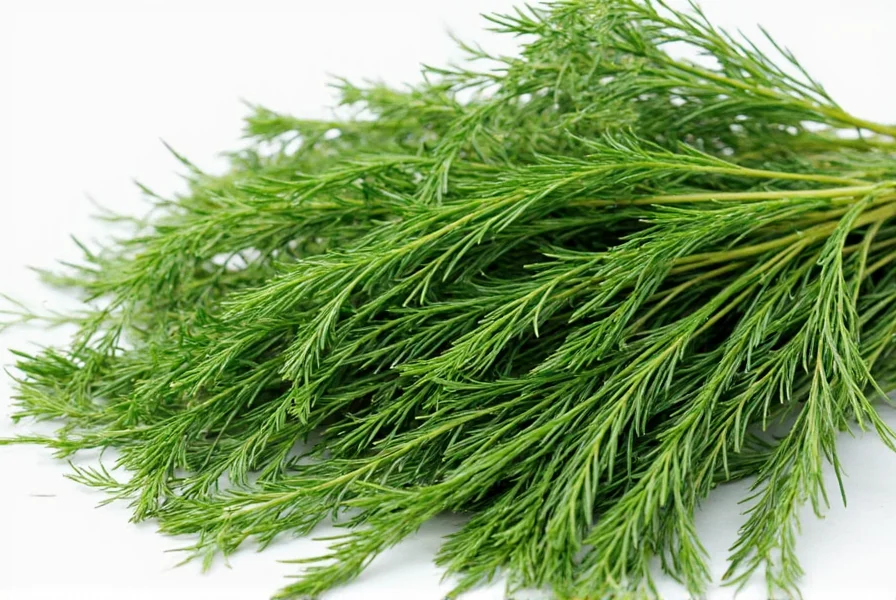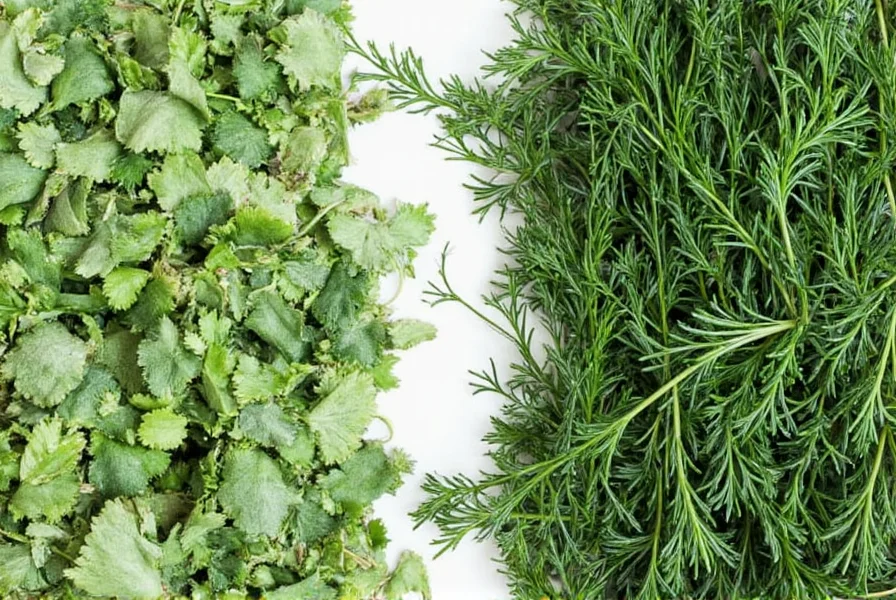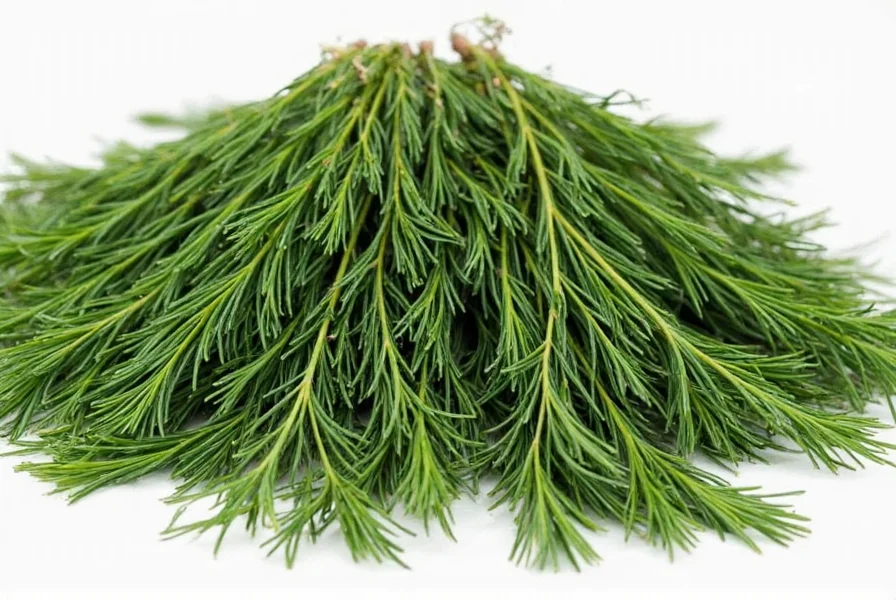Dill is a popular herb with a delicate, slightly sweet flavor that’s essential in many cuisines, particularly Scandinavian, Eastern European, and Mediterranean cooking. However, the terminology around dill can be confusing for home cooks and culinary enthusiasts alike. Understanding the distinction between dill weed and dried dill is crucial for achieving the right flavor profile in your dishes.
What Exactly Is Dill Weed?
Dill weed refers specifically to the leafy, feathery parts of the Anethum graveolens plant. This includes both the stems and the delicate, thread-like leaves. When you see “fresh dill” at the grocery store or farmers market, you’re looking at dill weed in its fresh form. The term “weed” in this context doesn’t imply it’s undesirable—it’s simply the botanical term for the leafy portion of the plant.

Understanding Dried Dill
Dried dill is simply dill weed that has been dehydrated. When properly dried, it retains much of its distinctive flavor, though it becomes more concentrated and slightly less bright than its fresh counterpart. The drying process causes some flavor compounds to break down, resulting in a more earthy, less citrusy profile.
It’s important to note that dill seed is entirely different from both dill weed and dried dill. Dill seeds come from the flower heads of the mature dill plant and have a stronger, more pungent flavor with caraway-like notes. They’re commonly used in pickling and bread recipes.
Key Differences Between Dill Weed and Dried Dill
| Characteristic | Fresh Dill Weed | Dried Dill |
|---|---|---|
| Flavor Profile | Bright, grassy, with citrus notes | More concentrated, earthier, less citrusy |
| Texture | Delicate, feathery leaves | Crisp, brittle leaves |
| Shelf Life | 5-7 days refrigerated | 6-12 months in airtight container |
| Flavor Strength | Milder | More concentrated (use less) |
| Best Culinary Uses | Fish dishes, salads, dips, finishing touch | Stews, soups, baked goods, spice blends |
Substitution Guidelines: When and How to Swap
Understanding the conversion between fresh dill weed and dried dill is essential for recipe success. Because drying concentrates the flavor, you’ll need less dried dill than fresh:
- 1 tablespoon fresh dill weed = 1 teaspoon dried dill
- 3 tablespoons fresh dill weed = 1 tablespoon dried dill
When substituting dried dill for fresh in recipes, add it earlier in the cooking process to allow time for rehydration and flavor development. For fresh dill substitutions, add dried dill near the end of cooking to preserve its more delicate flavor compounds.
Proper Storage Techniques
To maximize the shelf life and flavor of both forms:
Fresh dill weed: Treat it like cut flowers. Trim the stems, place in a glass with an inch of water, cover loosely with a plastic bag, and refrigerate. Change the water every two days. Alternatively, wrap in a slightly damp paper towel and store in a perforated plastic bag in the crisper drawer.
Dried dill: Store in an airtight container away from light, heat, and moisture. A dark cupboard is ideal. Properly stored, dried dill maintains good flavor for 6-12 months, though it gradually loses potency over time.

Culinary Applications: Getting the Most From Each Form
Each form of dill shines in different culinary applications:
Fresh dill weed excels in:
- As a garnish for finished dishes (salmon, potatoes, soups)
- In cold dishes like tzatziki, dill dip, and potato salad
- With delicate foods like fish where its bright flavor won’t be overwhelmed
- In vinegars and oils for infusion
Dried dill works best in:
- Long-cooking dishes like stews and soups
- Bread recipes and baked goods
- Spice rubs for meats
- Dry marinades and seasoning blends
- Pickling recipes (though dill seed is more traditional for pickles)
Common Misconceptions About Dill Terminology
Many grocery stores and spice manufacturers contribute to the confusion by inconsistent labeling. Some products labeled simply as “dill” might actually be dill seed, while others might be dill weed. Always check the fine print or packaging details.
When a recipe calls for “dill,” consider the context. If it’s a fresh application like a salad or garnish, it likely means fresh dill weed. If it’s for a baked good or long-simmering dish, it probably refers to dried dill weed.
Maximizing Flavor in Your Dishes
To get the most flavor from dried dill, try these professional techniques:
- Bloom in oil: Heat dried dill in a small amount of oil for 30-60 seconds before adding to your dish
- Rehydrate: Mix with a tablespoon of warm water or broth before adding to recipes
- Grind fresh: Use a spice grinder or mortar and pestle just before use for maximum flavor release
For fresh dill weed, add it at the very end of cooking or as a garnish to preserve its delicate flavor and vibrant color. Chopping just before use prevents oxidation and flavor loss.
Frequently Asked Questions
Is dill weed stronger than dried dill?
No, dried dill is actually more concentrated in flavor than fresh dill weed. You typically need only one-third the amount of dried dill compared to fresh because the drying process concentrates the flavor compounds.
Can I substitute dried dill for fresh dill weed in recipes?
Yes, you can substitute dried dill for fresh dill weed using a 1:3 ratio (1 teaspoon dried dill equals 1 tablespoon fresh dill weed). Add dried dill earlier in the cooking process to allow time for rehydration and flavor development.
What’s the difference between dill weed and dill seed?
Dill weed refers to the feathery leaves of the dill plant, while dill seed comes from the flower heads of the mature plant. They have distinctly different flavors - dill weed is grassy and citrusy, while dill seed is stronger with caraway-like notes. They are not interchangeable in recipes.
How long does dried dill last compared to fresh dill weed?
Fresh dill weed lasts 5-7 days when properly stored in the refrigerator, while dried dill maintains good flavor for 6-12 months when stored in an airtight container away from light and moisture.
Why does my dried dill taste different from fresh dill weed?
Drying changes dill’s flavor profile. Fresh dill has bright, grassy, citrus notes that mellow during drying. Dried dill becomes more earthy and concentrated, with some flavor compounds breaking down during dehydration. This is why substitution ratios are important.











 浙公网安备
33010002000092号
浙公网安备
33010002000092号 浙B2-20120091-4
浙B2-20120091-4